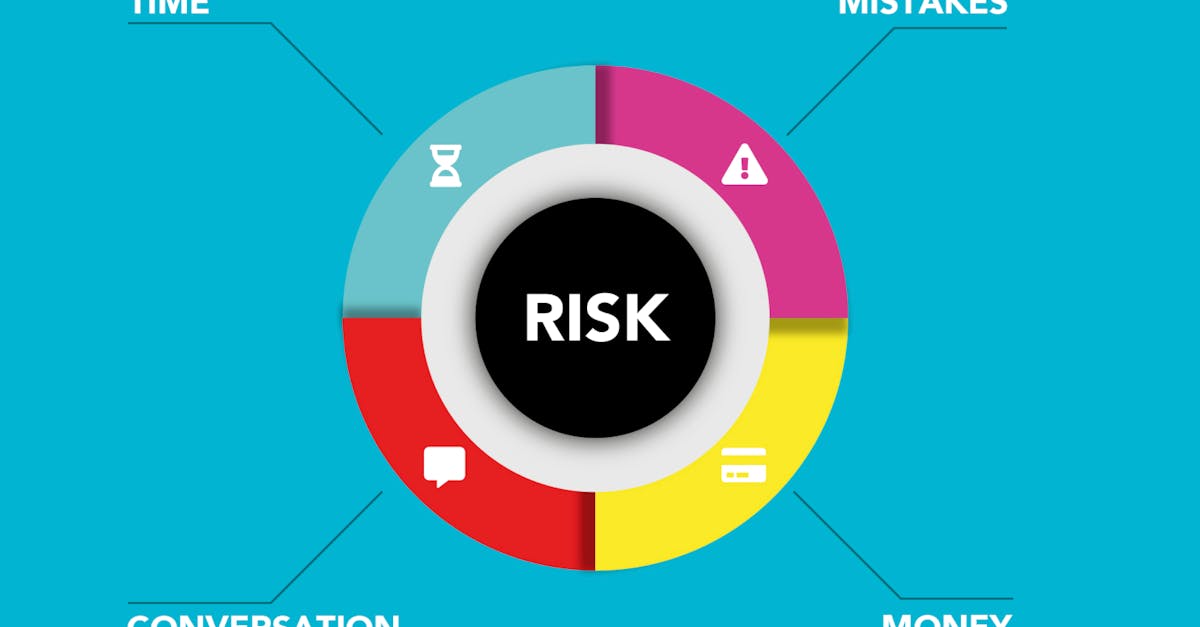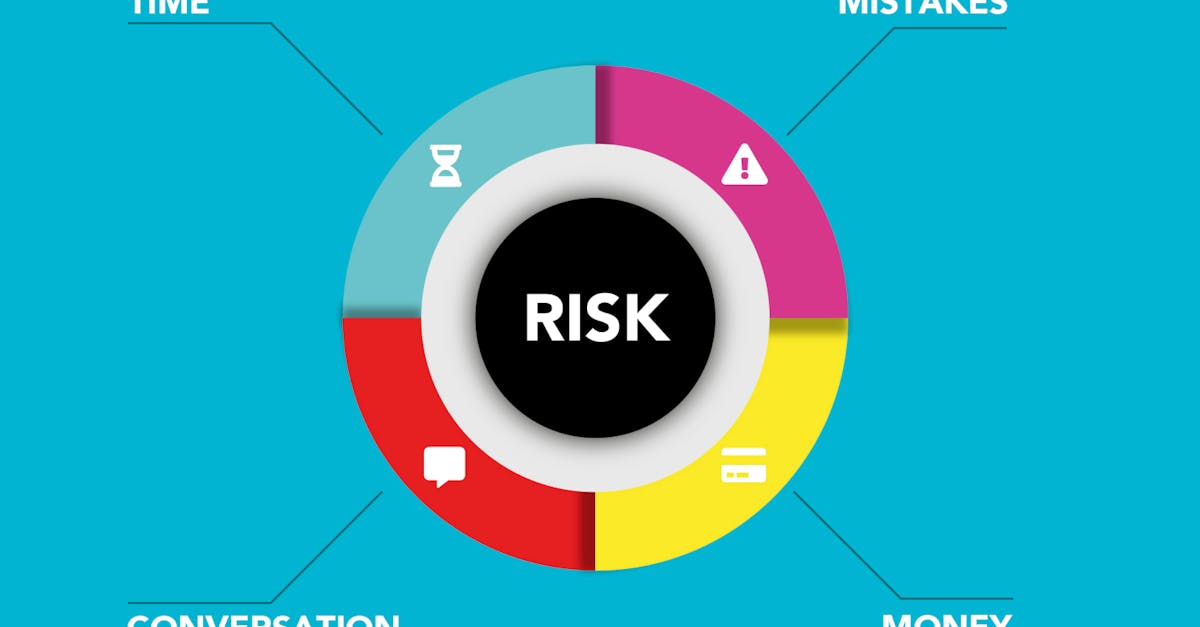Is Telemarketing Dead Or Evolving Here's What Businesses Need To Know
Introduction
In today's digital age, businesses often question the relevance of traditional marketing channels like telemarketing. With increased reliance on digital platforms, has telemarketing become obsolete? Or is it merely evolving to align with modern consumer expectations? These questions persist as companies strive to maximize customer engagement and lead generation. Despite skepticism, telemarketing remains a solid pillar of direct marketing for many industries. Recent trends suggest that while the approach is changing, the core of telemarketing still holds significant potential. Understanding its evolution is crucial for businesses aiming to leverage telemarketing effectively.
Advertisement
The Historic Role of Telemarketing
Traditionally, telemarketing was a go-to strategy for companies wanting to reach potential customers directly. It involved agents making cold calls, offering products, and collecting feedback. Back in the 1970s and 1980s, telemarketing thrived due to limited communication channels. Businesses found success as personal interaction over the phone helped build trust and gather insights liberally. Fast forward to the digital explosion, and telemarketing faced scrutiny. It became associated with random spam calls and invasions of privacy. Despite this backlash, telemarketing carved a niche for itself in business-to-business (B2B) environments and relationship-based sales.

Yan Krukau/Pexels
Advertisement
Challenges in the Digital Era
The internet revolutionized communication, offering a plethora of digital marketing avenues. The rise of social media, email marketing, and search engine optimization (SEO) challenged traditional methods like telemarketing. Consumer expectations shifted towards instant gratification and seamless online experiences. Privacy concerns became prevalent, leading to regulations like the Do Not Call (DNC) list. Amidst this change, the public's perception of telemarketing dwindled, viewing it as intrusive. For telemarketing to survive, a transformation was necessary—one that respected consumer autonomy yet maintained the human touch crucial to sales.
Advertisement
The Evolutionary Path of Telemarketing
Contrary to beliefs of its demise, telemarketing is witnessing a transformative phase. Companies are embracing advanced technology to refine their telemarketing approaches. Artificial intelligence (AI) and machine learning tools help segment potential customers, ensuring calls are relevant and personalized. Predictive analytics now guide agents on call timing and scripting, enhancing the probability of conversion. Modern telemarketing prioritizes permission-based approaches, making customer consent central. Instead of cold calling, companies are revisiting leads that showcase high engagement and interest.
Advertisement
Blending Telemarketing with Digital Strategies
In today's omnichannel marketing environment, telemarketing complements digital strategies instead of replacing them. Businesses leverage inbound marketing, content, and social media to lay the groundwork for telemarketing. Engaging content and targeted advertising make the initial connection, with telemarketing acting as the follow-up to nurture leads. When combined, these strategies create a cohesive customer experience, maximizing conversion rates. Telemarketing now often appears as a phase in a broader customer journey, driving check-ins and personal interactions to maintain customer loyalty.
Advertisement
Industry-Specific Telemarketing Trends
While telemarketing isn't universally applicable, certain industries still benefit significantly. Service-oriented sectors like insurance, healthcare, and finance find telemarketing valuable for creating personalized customer experiences. These industries often involve complex offerings where direct communication aids understanding and trust-building. Telemarketing plays a pivotal role in upselling, cross-selling, and managing relationships. B2B sectors extensively use telemarketing for lead qualification and setting appointments, particularly when selling high-ticket or technical products that demand detailed discussions.
Advertisement
Innovative Telemarketing Techniques
To thrive, modern telemarketers employ innovative techniques. Scenario-based calling, where representatives simulate real-world customer situations, boosts interaction quality. Incorporating data-driven insights allows for highly personalized customer engagement, focusing on needs and potential solutions. Virtual call centers have emerged, offering flexibility and improved operational efficiency. With global talent pools and remote work, companies can sustain round-the-clock operations, catering to different time zones effectively. These innovations ensure that telemarketing adapts to current market demands.
Advertisement
Ethical Considerations and Customer Relations
Modern telemarketing emphasizes ethical practices, spotlighting transparency and consent. Developing scripts that respect customer boundaries and recognize diverse needs is essential. Telemarketers now undergo training to handle sensitive data responsibly, enhancing consumer trust and brand reputation. Relationship-building remains a cornerstone, where nurturing long-term relations supersedes immediate sales. Feedback collection is also crucial, allowing businesses to refine strategies continually. By staying consumer-focused, telemarketing solidifies its position as a respectful and effective communication method.
Advertisement
Technology's Role in Shaping Telemarketing
Technology is undeniably at the helm of telemarketing's evolution. Simplified customer relationship management (CRM) systems provide agents with comprehensive customer profiles, tailoring conversations to individual preferences. Voice recognition and speech analytics assist in assessing call quality and refining agent performance. Multi-channel automation allows seamless integration with other business processes, ensuring customers receive timely follow-ups irrespective of the channel. By leveraging these technological advancements, businesses can sustain telemarketing as a relevant and efficient strategy.
Advertisement
Conclusion
Telemarketing is far from dead; rather, it is undergoing a revolutionary transformation that aligns it with digital marketing trends. Despite challenges, it continues to offer unparalleled personal engagement, fostering stronger customer relationships. For businesses, understanding and adapting to its evolution ensures they don't miss out on potential advantages telemarketing offers. While digital channels proliferate, telemarketing's essence – personal connection – remains its strongest asset. As businesses balance innovation with customer-centric approaches, telemarketing's future looks anything but bleak.
Advertisement








